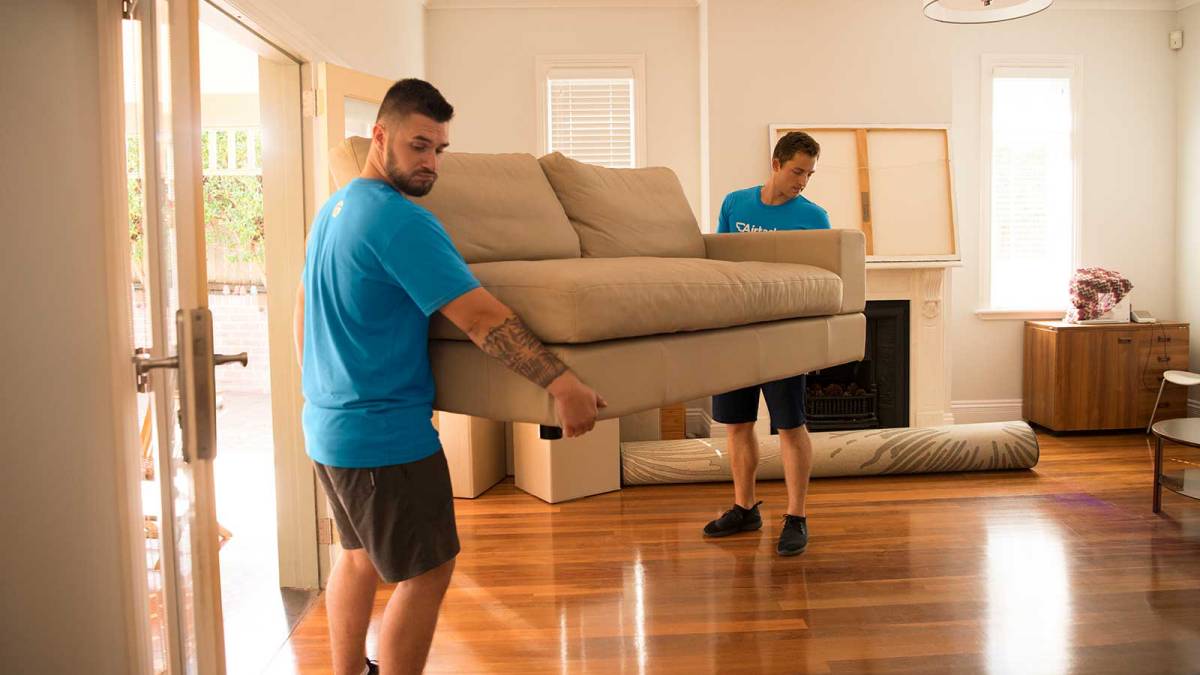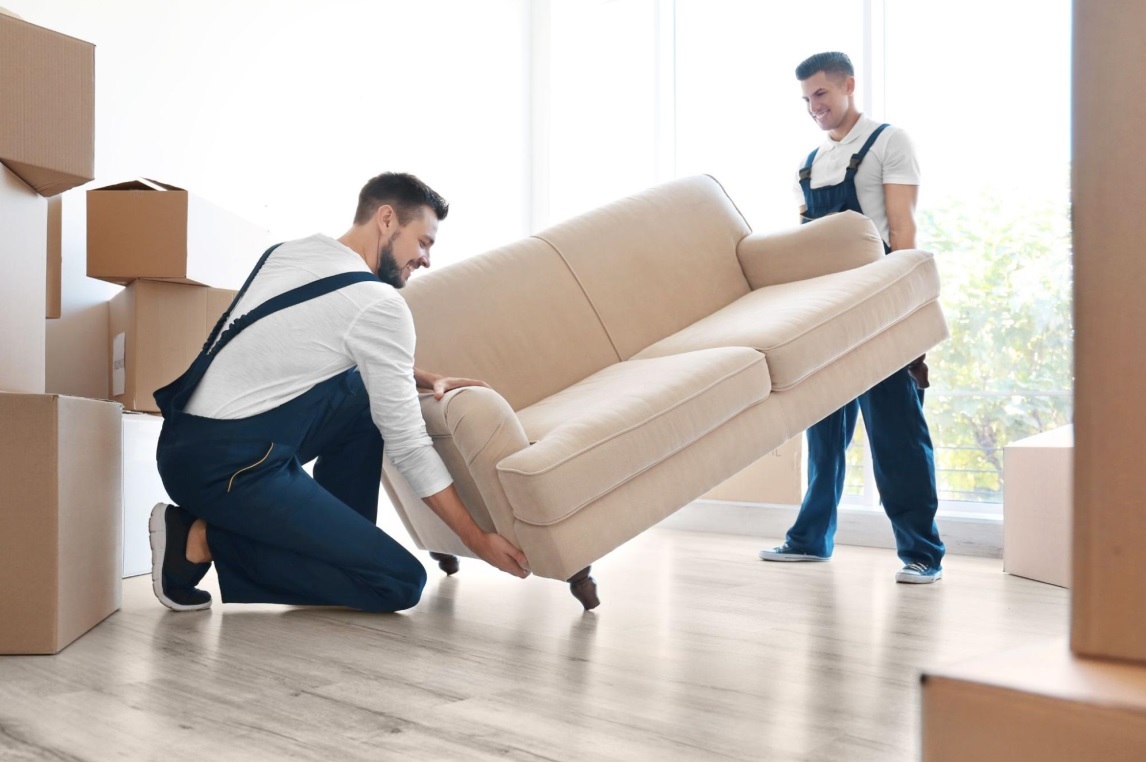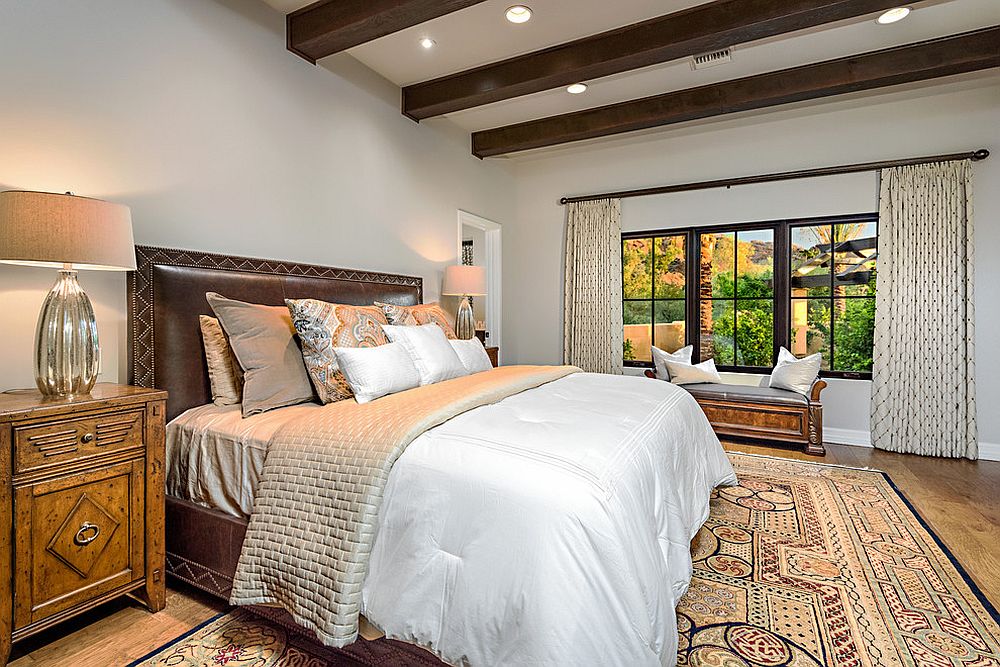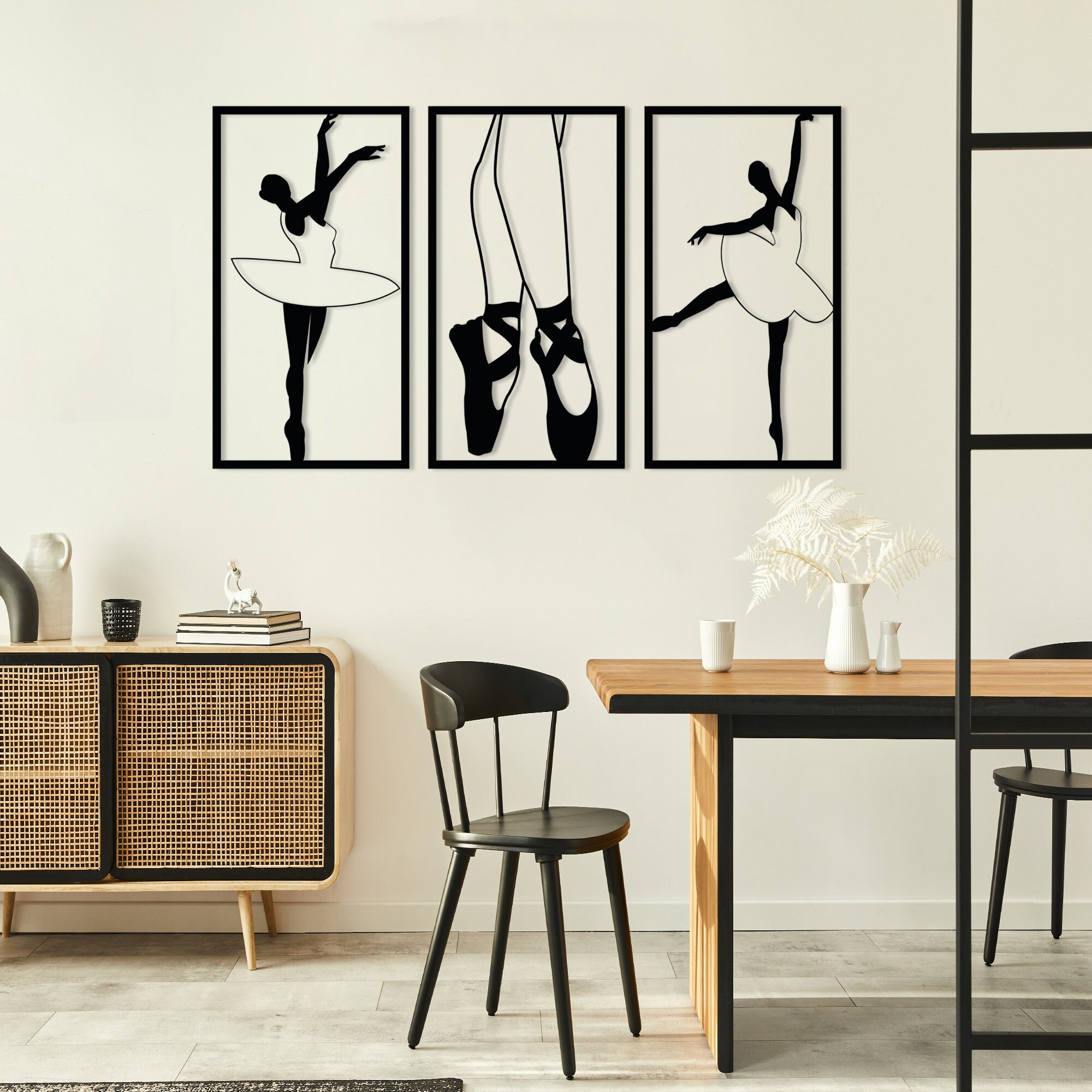Hey there, furniture enthusiasts! Are you tired of the same old sofa staring back at you? Or maybe you're looking to upgrade your dining table without breaking the bank? Well, we've got some exciting news for you: it's time to join the furniture swap revolution!
Why should we do furniture swap?
In this era of sustainability and conscious consumption, furniture swap is taking center stage, and for all the right reasons. Imagine giving your old furniture a new lease on life while also benefiting the environment and your wallet. It's a win-win situation!
By participating in furniture swaps, you become a superhero for the planet. Instead of adding to the ever-growing landfill waste, you're reducing it. Every swapped piece means fewer resources expended and less energy consumed in manufacturing new furniture.

But that's not all. Think about the money you'll save! Furniture shopping can be a budget-buster, but with swaps, you can find high-quality pieces without the hefty price tag. It's like a treasure hunt where you stumble upon hidden gems at a fraction of the cost.
Apart from the environmental and economic perks, furniture swaps also cultivate a sense of community. It's a chance to meet like-minded individuals, share stories, and build connections with fellow furniture enthusiasts. Plus, you get to support local businesses that offer repair, upholstery, and delivery services. Talk about a win for your neighborhood!
How can you jump on the furniture swap bandwagon? Start by checking out local community groups, online platforms, or even hosting your own swap event. Get creative and have fun with it!

Remember, furniture swap isn't just about giving your space a makeover; it's about making a positive impact on the world around you.
Safety net for furniture swap
Find reputable platforms

Look for reputable online platforms or local community groups that facilitate furniture swapping. These platforms often have user reviews and ratings, which can help you gauge the credibility and reliability of other owners.
Communicate clearly

When connecting with other owners, communicate clearly about the furniture you have available for swapping and the specific items you are interested in acquiring. Provide accurate descriptions, measurements, and clear photos to avoid misunderstandings.
Verify condition and authenticity
Before agreeing to a swap, ask for additional photos of the furniture from different angles to assess its condition. If possible, arrange a physical inspection or video call to see the items in real-time. It's also a good idea to ask questions about the furniture's history, including any repairs or modifications.
Establish trust

Building trust is essential when swapping furniture with other owners. Consider exchanging references or connecting on social media to get a better sense of the person you're dealing with. Read reviews from other users if available, and rely on your intuition when assessing the trustworthiness of the other party.
Insist on a written agreement
Create a written agreement that outlines the details of the furniture swap, including a description of the items being exchanged, their condition, and any agreed-upon terms or conditions. Both parties should sign the agreement to ensure clarity and protect both sides in case of any disputes.
Coordinate logistics
Once the swap is agreed upon, coordinate the logistics of the exchange. Decide on a mutually convenient time and location for the exchange, and discuss any transportation or delivery arrangements. If shipping is involved, make sure to use reputable carriers and consider insurance options for added security.
Take precautions during the exchange

When meeting the other owner for the exchange, consider meeting in a public place or bringing a friend along for added safety. Inspect the furniture carefully before finalizing the swap, and ensure that both parties are satisfied with the condition of the items being exchanged.
Maintain open communication
After the furniture swap, maintain open communication with the other owner. If any issues arise with the swapped furniture, address them promptly and amicably. Having a good line of communication can help resolve any potential problems and maintain a positive relationship.
Conclusion
"Furniture swap" is such a game-changer for your wallet and the environment. By swapping, you cut waste, conserve resources, and build connections within a cool community. Picture giving your old furniture a fresh start, saving cash, and making a positive impact. So are you ready to be an eco-hero?





